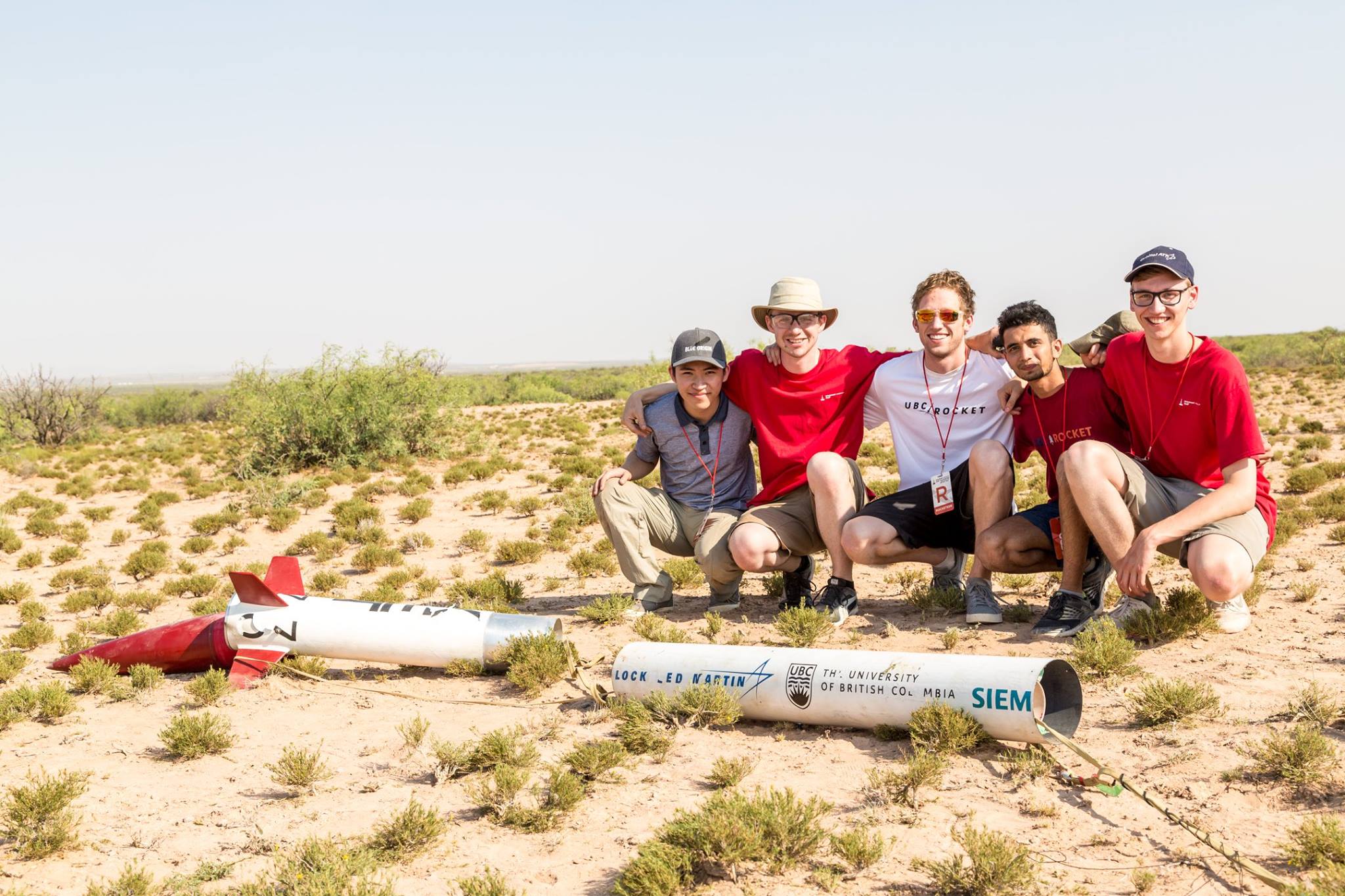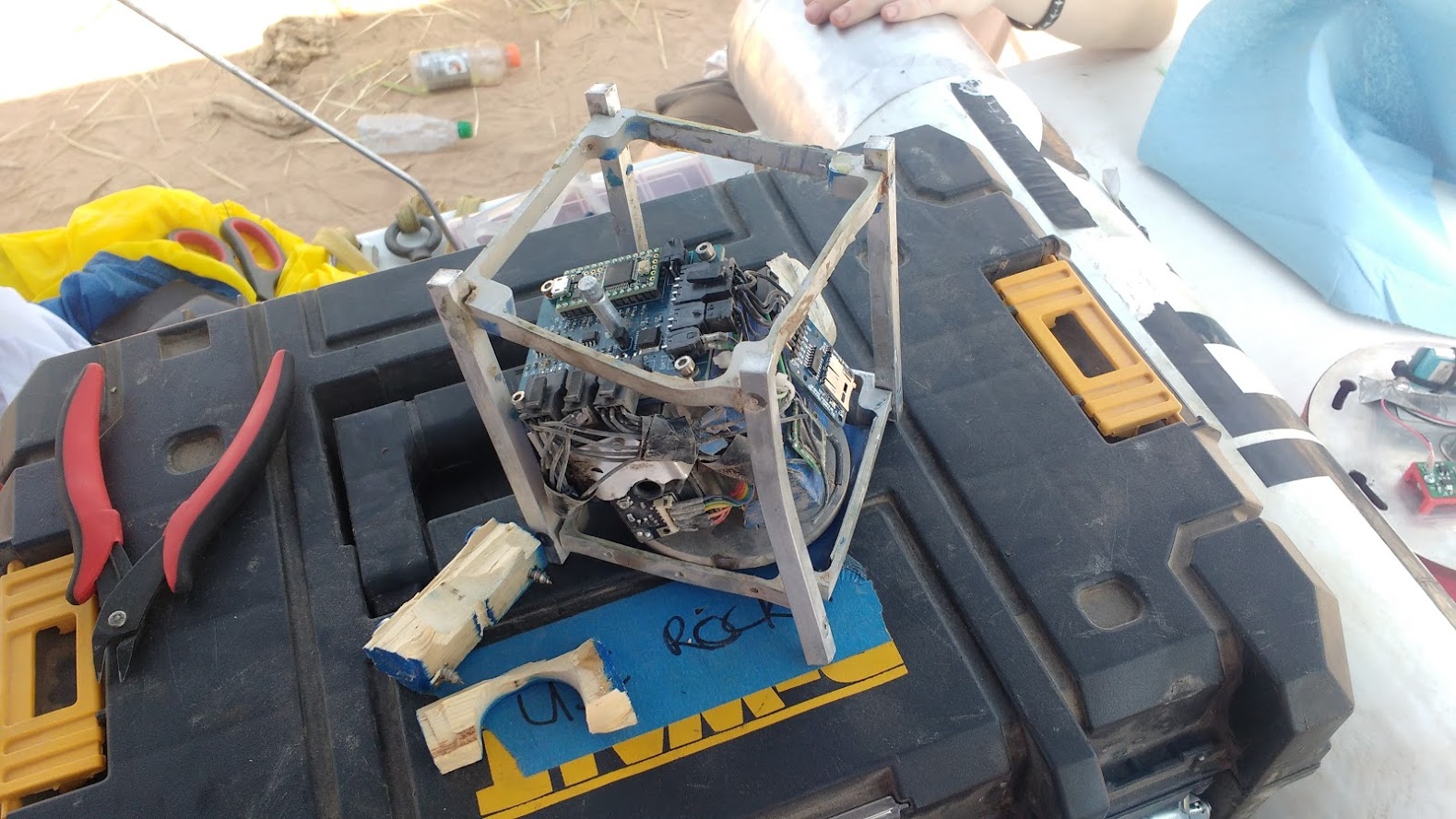UBC Rocket - Last Year
2016 - 2017
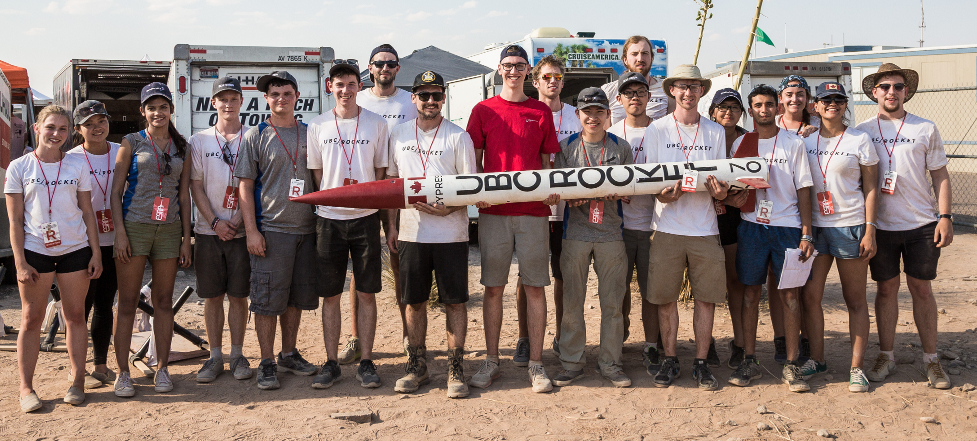
In the Summer of 2016, after spending a summer fascinated by SpaceX’s incredible run of successful launches and landings, I founded with a friend an engineering design team at UBC dedicated to the design, manufacture, and launch of suborbital sounding rockets. UBC Rocket quickly grew into one of the most active and successful design teams on campus. We successfully launched our first rocket - Cypress - at the 2017 Spaceport America Cup, where it won 1st place in the most competetive category there. My roles and experience with the team included:
-
Leading team including organizing recruitment, fundraising, budgeting, scheduling meetings…
-
Overseeing development of rocket as a whole, including participating in design reviews and sys/int meetings.
-
Designing, machining, and testing recoverable CubeSat payloads.
-
Planning and Conducting verification testing for rocket and payload recovery systems.
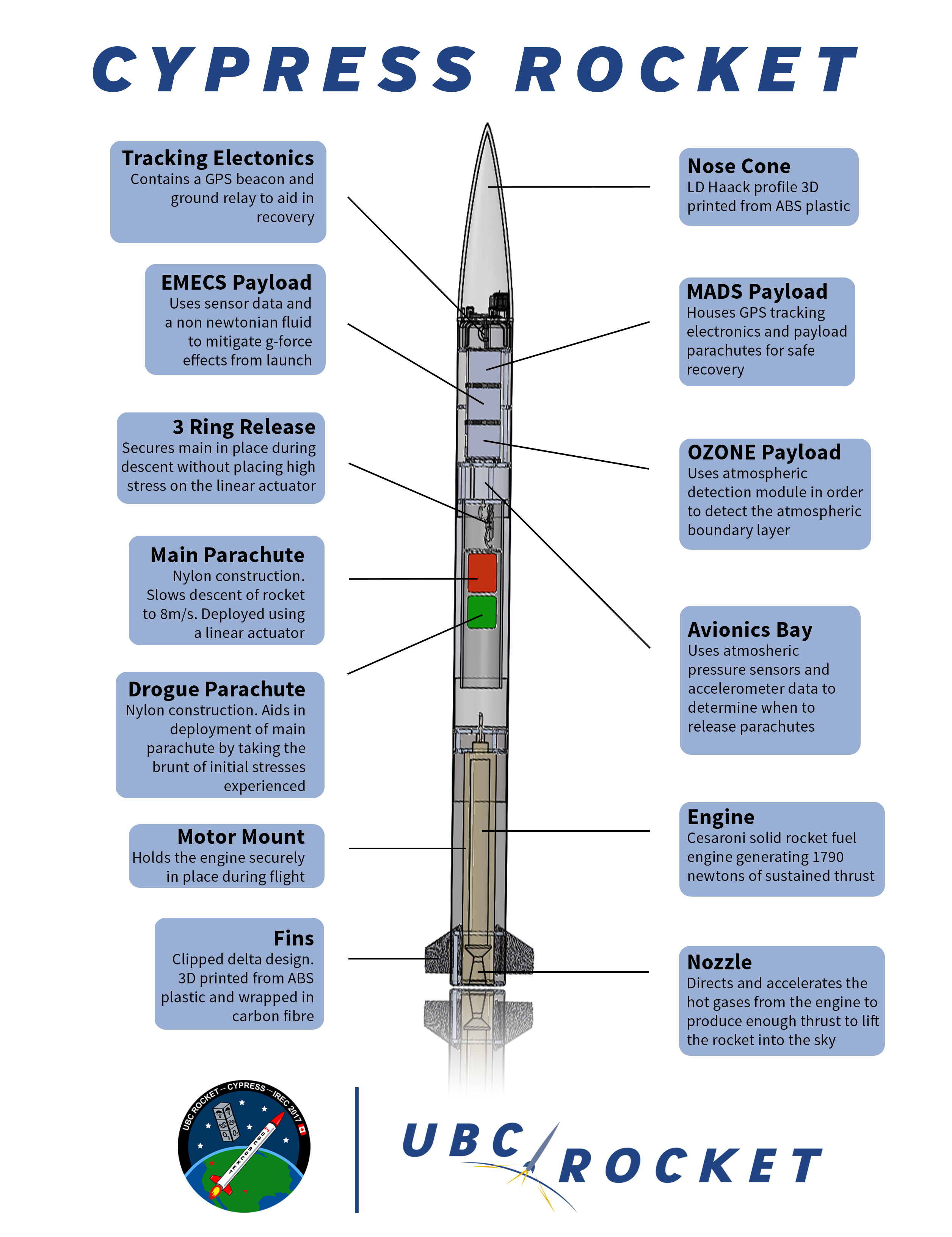
My Work
After founding the team, UBC Rocket quickly grew to become the biggest commitment in my life (and remains so). Aside from overseeing recruitment, general team structure, and overall progress, I held a hands on role leading up the development of our payloads and helping with the rocket and payload recovery systems.
Payloads
We started by designing the CubeSat frame, which I manufactured using a waterjet cutter and a milling machine. This frame was extremely difficult to manufacture as it was over constrained in nearly every way possible - I learned a lot about how not to design for manufacturability, and was forced to learn good practices for machining to quite high tolerances. The limits of a waterjet cutter were also explored, as the face edges of the waterjet parts were not uniform and had to be machined after being cut.
I specced out the power supply PCB and related components, designed and machined the inter-payload mechanical connections, and designed and manufactured the electronics mounting plate and wiring harness for the recovery unit. I also designed a shielded nichrome cutter to allow our unit to deploy a larger parachute after falling from altitude under a small drogue (this minimizes drift due to wind), as well as 3D printed plastic spacers that both constrained relative movement between units and held the unit’s batteries.
Over the course of this project, I learned a lot about how to motivate and organize a small team. I absolutely began the project as a micromanager, but over the course of the year I found it much more effective to give members distinct and specific tasks to work on as well as the space to do so on their own. This was highly effective by the end of the year, as first year members had taken on the significant challenges of manufacturing parachutes, testing our GPS systems, and modelling the payload in Solidworks.

Testing and Integration
One of my main roles on the team was as a liaison between subteams, and this evolved into taking responsibility for the various tests required to verify our recovery system would work properly. This included testing our electronics in a vacuum chamber, wind tunnel tests of our parachutes, and drop testing to verify the deployment systems and parachutes worked together.

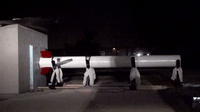
Results
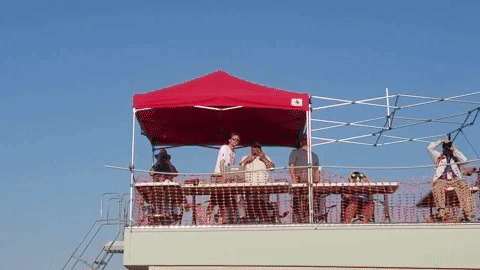
After a tense countdown, I pressed the red button and the Cypress rocket successfully launched on the final day of launches at the 2017 SAC, and flew to an altitude of 10,053’; 53’ off of the target. Following a brief search, it was found in perfect condition. This launch was enough to earn us 1st place in our category! Unfortunately, the payload suffered a parachute deployment failure due to a certain sleep deprived team captain packing it improperly, and was found after contacting the ground at high velocity (pictured is the most damaged bottom unit - the MADS unit survived completely intact and will be used again).
